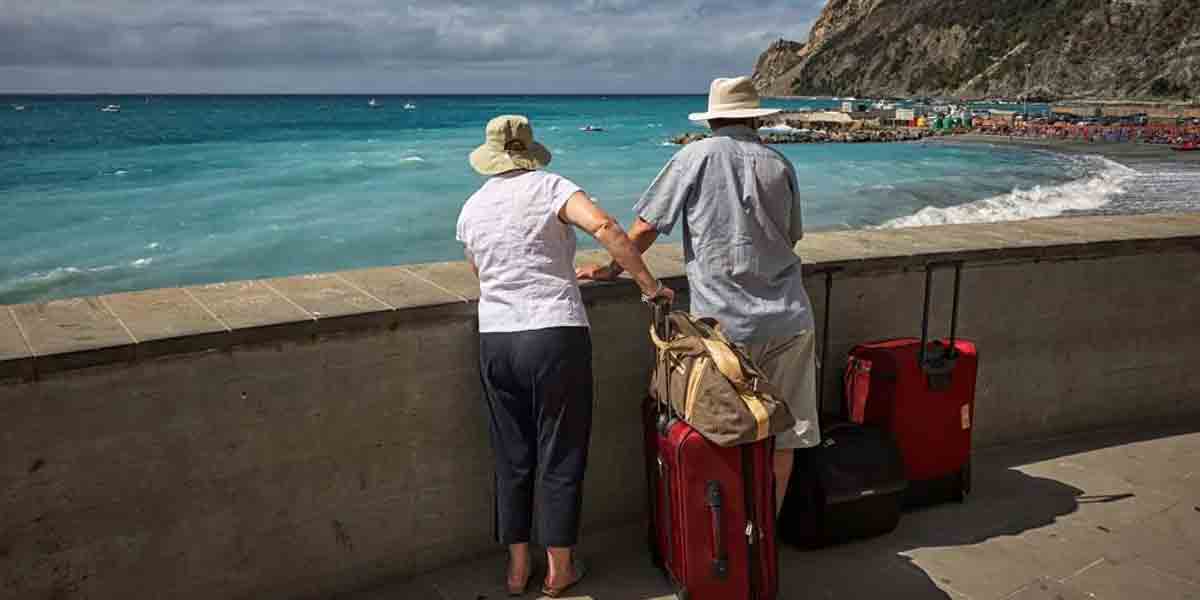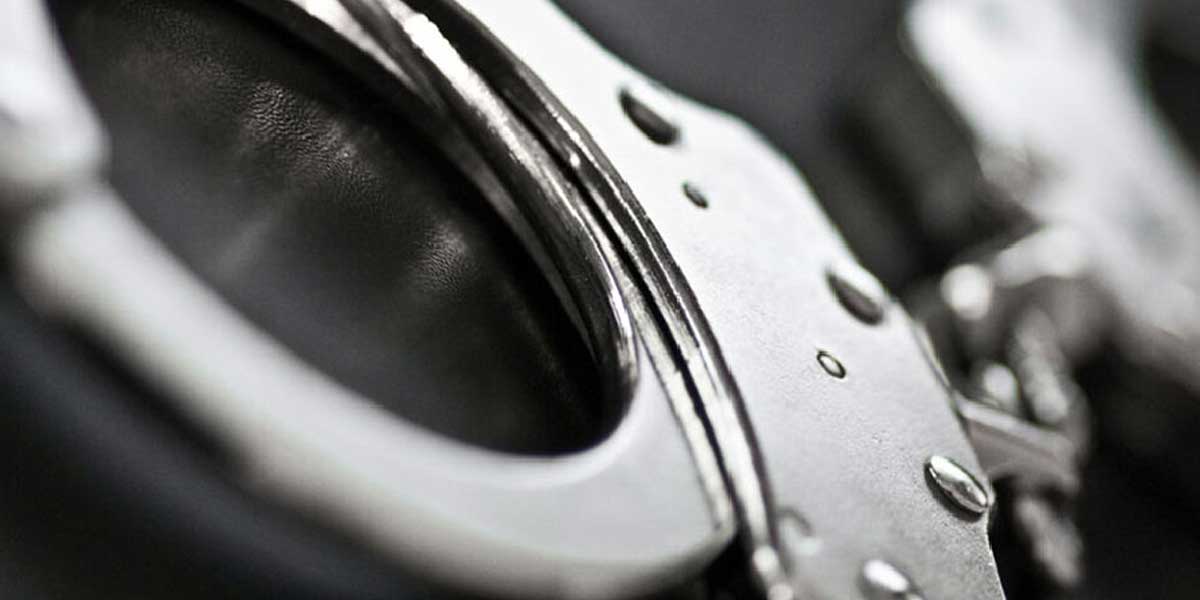 EDSA is a Sham! is a meme circulating on the social media posted by paid trolls and emboldened Marcos loyalists. This is their latest move to revise history on the thirty-third anniversary of the 1986 EDSA People Power Revolution.
EDSA is a Sham! is a meme circulating on the social media posted by paid trolls and emboldened Marcos loyalists. This is their latest move to revise history on the thirty-third anniversary of the 1986 EDSA People Power Revolution.
The lie they are peddling is the progress of the Philippines was interrupted by the EDSA revolt which only lead to the restoration of the rule of the oligarchs. This is part of the effort of the paid trolls to push the falsehood that the years of the Marcos dictatorship were the golden age of the country.
First, let us examine the facts. The dictatorial rule of Marcos was one of the darkest chapters if not the darkest period in the history of the nation. Human rights of Filipinos were brutally curtailed. At least 70,000 Filipinos were imprisoned without warrant and no trial. Around 34,000 of those arrested were tortured and 3,240 Filipinos were killed. In addition, there were 783 cases of involuntary disappearance and 238 incidents of massacre while Marcos was in power.
The economic front was neither rosy. Immediately after the declaration of martial law, Philippine GDP grew by 8.92 percent but after that the economy was on the downhill. In the final years of the Marcos dictatorship the country was in recession, achieving a negative (-0.6 percent) GDP growth in 1984.Also in 1984, inflation reached an unimaginable 50.3 percent, an astronomical increase from a low of 2 percent in 1968 shortly after Marcos came to power. The countrys external debt rose from $ 600 million in 1965 the year Marcos was elected to $ 26 billion when he was ousted in 1986.
The accusation of the paid trolls that EDSA facilitated the return of the oligarchs is a tricky one. On the surface, it created an impression that there were no oligarchs when the dictator Marcos ruled the country. This is a brazen lie. Marcos created his own oligarchs when he came to power and they were his cronies.
Marcos and his cronies systematically robbed the nation. The dictator parceled different areas of the economy to his cronies. The sugar industry was manned by Roberto Benedicto, Danding Cojuangco and Juan Ponce Enrile (aside from being martial law administrator) controlled the coconut industry, while Antonio Floirendo Sr was charged of the banana industry. Rodolfo Cuenca controlled the construction sector and Herminio Disini and Lucio Tan were into tobacco. Marcos and his cronies siphoned off the wealth of the nation and divided the loot among them with a huge chunk of the booty going to Marcos. This is how Marcos earned the ignominy as the biggest thief in the world.
If the Marcos dictatorship was not overthrown by EDSA, the rule of Marcos oligarchs, his cronies would have continued with devastating effect to the country, particularly to the economy. It is here where the lie ends and the truth begins.
EDSA indeed removed Marcos and his oligarchs from power but one of its mistakes is bringing back to power the oligarchs left out in the dark during the brutal rule of Marcos. These displaced oligarchs wasted no time in recovering lost grounds and elite rule in the country continued with democratic trappings.
Change of leadership facilitated through elections in the post-EDSA era became nothing but an intra-elite intramural. Many cronies of Marcos took advantage of the democratic space provided by EDSA to creep back to power. Through clever re-branding many of the Marcos oligarchs inserted themselves in the post-EDSA political landscape. In the post-EDSA period, the intermingling of the Marcos oligarchs and the EDSA restored oligarchs made them indistinguishable from each other.
While the oligarchs (both Marcos and EDSA-restored) rule, the lot of the vast majority of Filipinos remain unchanged. Grinding poverty, social inequality, the widening gap between the few rich and the poor majority, injustice and other social ills were never addressed by post-EDSA regimes. Politicians of the oligarchs pay lip-service to the grievances of the poor majority but never take concrete actions to address them.
The other grave mistake of EDSA is its failure to prosecute the Marcoses and give justice to the country they victimized. A special court or tribunal instead of regular courts should have been created with a mandate of swift prosecution of the Marcoses and their cronies. Speedy justice would have sent the Marcoses and their cronies to jail.
Instead, the Marcoses were given the opportunity to play around with justice and evade the long arms of the law. Using the complexity and intricacies of the legal system and taking advantage of its loopholes, the Marcoses were able to evade justice. This gave them a chance to roam around and spread lies and falsehoods aside from returning to power. The Philippines should have done what South Korea did to its abusive and corrupt leaders. After the restoration of democracy in 1987, military strongmen Chun Doo Hwan and Roh Tae Woo were tried and sentenced to death for abuses and corruption (their sentences were later commuted to life imprisonment and were eventually pardoned).
Despite packaging himself as the man of the masses (like Estrada), Du30s regime is just the perpetuation of the rule of the oligarchs with a twist. The twist is the attempt to rehabilitate the section of the oligarchs displaced by EDSA revolt.
This is understandable since EDSA was a political revolt, a change of leadership but never a genuine social revolution. A real social revolution overthrows the rule of the oligarchs. Had EDSA became a social revolution, the Marcoses and their oligarchs would have suffered the fate of Nicolae and Elena Ceausescu of Romania and the oligarchs deposed by Marcos would not have returned to power.
EDSA is an unfinished business. What is yet to be done is the real empowerment of the poor majority of Filipinos and having a government that will truly address social inequality and injustice. This requires another revolution that will completely sweep away all the oligarchs and destroy any vestiges of elite rule.






















